Tags: Compost
Waste Diversion in New York City

As Freshkills Park develops from the world’s largest landfill into a sustainable urban park, New York City is working towards sending zero waste to landfills by the year 2030. This 0x30 Initiative is under the April 2015 initiative known as One New York: The Plan for a Strong and Just City (OneNYC).
...MOREFarther Afield: Seattle Bans Food Waste
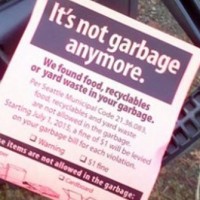
Seattle Public Utilities (SPU) has recently added a $1 fine for having more than 10% of a household’s trash composed of food waste. Passed on January 1, 2015, this comes as the next step in Seattle’s attempt to remove compostable materials from ending up in landfills, following the city’s previous 2005 ban on recyclable materials under a similar $1 fine program and the encouragement of residents to compost via SPU-provided compost bins.
...MOREFarther Afield: A visit to the Black Rock Forest Consortium

In mid-December, the Freshkills Park Development Team took a trip to visit the Black Rock Forest Consortium in Cornwall, NY. The Consortium manages 3,838 acres of forest with a scientific research field station on site. The team met with Dr. Bill Schuster, Black Rock’s Executive Director, who gave an overview of the facilities at the station and the research and scientific programming taking place, and led the team on a tour into the forest to visit some of the current research sites towards fostering ideas for the future of the scientific research program at Freshkills Park.
...MOREFarther Afield: Staten Island Leads the Charge in Citywide Composting
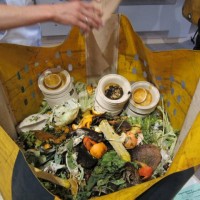
The Department of Education and the Department of Sanitation jointly run the “Organics Collection Program,” which diverts organic materials such as food scraps, soiled paper, yard waste out of the landfill stream and into regional collection centers and the Anaerobic Digest-er Eggs, which extract methane from decomposing organic matter into energy.
...MOREFarther Afield: Insect-based feed innovations
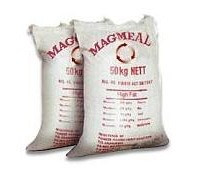
Think about bugs; now think about billions of insects concentrated in one facility. Some might get queasy at this thought; however, that is exactly what is happening at a new 90,000 square foot facility near South Africa’s Capetown. Typical production of protein requires a great deal of water, land and capital.
...MOREFarther Afield: Garbage, Big Business in the Big Apple
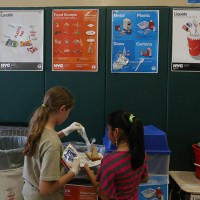
Garbage is big business in the Big Apple—nearly 2 billion dollars worth of the city’s budget goes to the Department of Sanitation (DOS); and of that: $300 million is spent just disposing of it elsewhere. Last year this amounted to a cost of $95 per ton, up 28% since 2004, far outpacing inflation.
...MOREFarther Afield: Food Unwrapped
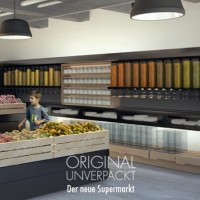
From boxed rice to a can of soup, our food comes in packaging that is designed to be disposed of; even produce at some stores is offered in pre-packaged, cling-filmed trays. While it is encouraged that we recycle as much of these disposable packaging materials as possible (including the plastic wrap!),
...MORECitywide Commercial Organic Diversion

In a bold piece of legislation, New York City will reduce its waste by one third by requiring that, by 2015, restaurants, grocery stores, and other commercial food generators send all of their organic waste, including food scraps, to either a compost facility or an anaerobic digester.
...MOREFood Waste Challenge Saves Leftovers from Landfill
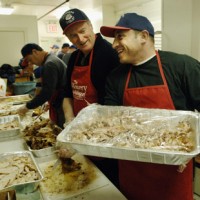
It might be easy to imagine designating a bottle or a newspaper for recycling or reuse – but food? That is the purview of former Mayor Bloomberg’s Food Waste Challenge. Over 100 New York City restaurants have made a commitment to divert at least 50% of their food waste.
...MORE



